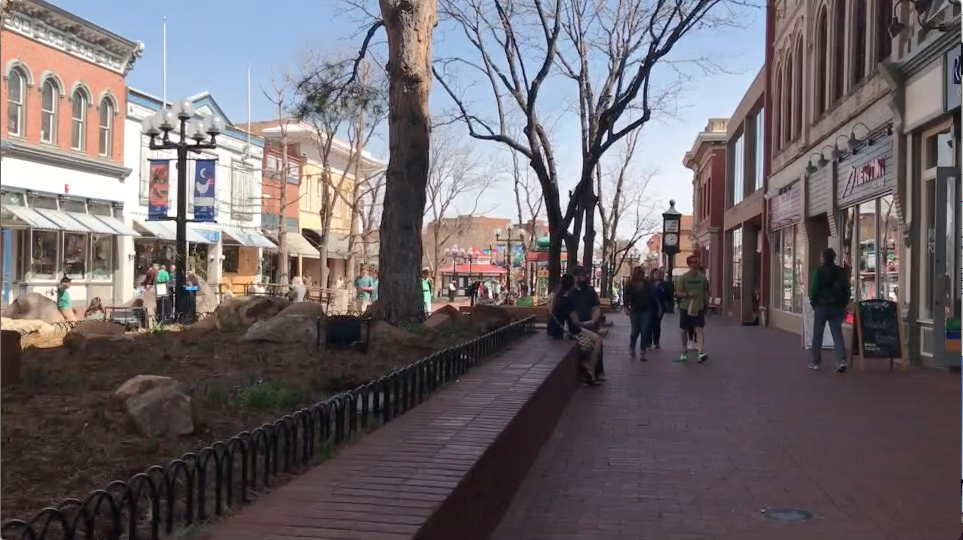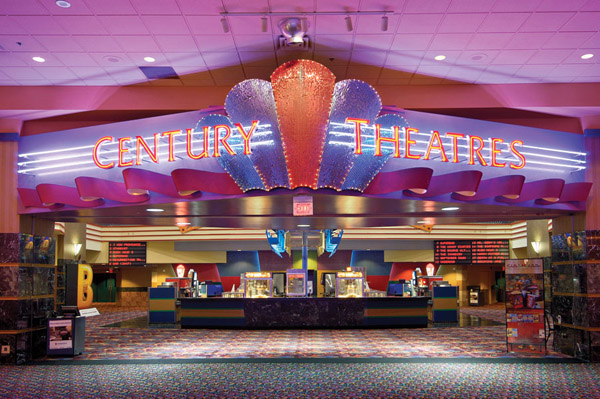
In today’s exercise, you will be practicing and developing your ability to conduct the deliberate search in a doctor’s office.
The Workout
- Using the photo above as something to jog your memory of a doctor’s office, identify all of the baseline (non-violent) personas present inside of a doctor’s office and what their purpose/intention is for being there.
- Write your answers on a sheet of paper before viewing our answers
View Our Answers
- The doctors: provide medical treatment to patients
- The nurses: support the doctor’s treatment through preparing patients (taking vitals), conduct initial assessment, and follow up with patients
- Receptionist: Process incoming patients, ensure administrative tasks for patients are done, process payment upon completion, conduct scheduling.
- Patients: People in the office to receive treatment.
- Family/friends of patient: people to help the patient get to the doctor, provide support
- Medical sales professionals: People attempting to sell the doctor
Add a comment with the assessments that you made, but that we didn’t make, so that we can check for those assessments and provide feedback on those specific observations. We will add them to our answers in the post itself for future viewings of the exercise.
- Repeat
- The goal for this exercise was to improve your ability to conduct mental simulations for places you are about to visit, so for each of the personas you expect to see in a doctor’s office, go back and picture them doing their jobs.
- Where are they standing?
- What are they wearing?
- What is their behavior like?
- The goal for this exercise was to improve your ability to conduct mental simulations for places you are about to visit, so for each of the personas you expect to see in a doctor’s office, go back and picture them doing their jobs.
- Reflect
- Consider any personas that you missed and diagnose why you think you made the error.
- By conducting a self-driven failure analysis, you can:
- Identify gaps in your understanding of what types of people make places “work.”
- Identify if you have natural trends towards rushing through simulations and missing key components through lack of attention.
- Act
- When you are walking into a store this week (any store), spend a moment in the parking lot to repeat this exercises before entering and check for similarities.

 .
.